Chuck(G)
25k Member
Somewhere, in the mess I call my card inventory, I've got a PCI card that has three 8255A's on it. It's PCI 1.0, so it doesn't work in everything. I don't know if you'd call that "fun".
M-audio Delta 1010LT multichannel audio interface (not your basic audio card):Aside from the basics, video, network, and audio; what other kinds of PCI cards do you like to use?
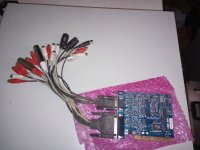
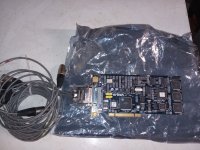
These were very common in the Pentium III era; all our Dell Dimension PIII machines had DVD drives and the cards.- MPEG/DVD decoders for older systems
M-audio Delta 1010LT multichannel audio interface (not your basic audio card)
Orban Optimod 1100PC DSP card
Oh I'm well aware. Pro-audio gear lives in an entirely different world than consumer-grade sound cards. I love the world of pro-audio because it gives me all sorts of bits and bobs I need to do the weird things that make my life fun.I've been using PCI production soundcards from 2004 to 2015 when I moved to USB. Including the depicted M-Audio which I still have - the entire original package.
And been talking about these every time the "best PCI soundcard" topic pops up and people start talking about Sound Blasters. There are PCI soundcards that are worth thousands of $ and you have no usage for them. Optimod AFAIK is connected to an external rack unit.
They're still soundcards tho.
The Optimod card shown does not require an external rack unit, but does all digital signal processing on-card under PC control.Optimod AFAIK is connected to an external rack unit.
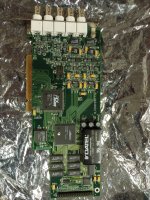

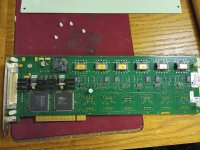


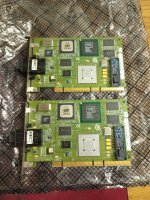
I need to dig out my old AWE cards and see... RME Hammerfall...great cards. Those and several different model Auduioscience cards were used (and still are used) at many broadcast facilities.Pro audio cards are always useful, they are practically the least affected by sands of time PCI peripheral. 24bit 192kHz is still high resolution audio.
Effects through 20year old DSPs might be a bit lower quality than what's out there today, but basic mixing and routing is unaffected.
Just looking at prices @ ebay. It's incredible that AWE64 Gold costs about the same as RME Hammerfall 9632.
A clever way to determine direction of travel!The Optimod card shown does not require an external rack unit, but does all digital signal processing on-card under PC control.
Here's a pic of the DAS 4020:
View attachment 1278168
And then here's a specialty card used for synchro position measurements, using 90 volt three phase synchros...front, front with the front insulation board off, and back.... This was an expensive card made moot by the next card...
View attachment 1278170View attachment 1278171View attachment 1278172
Heidenhain Endat 2.2 absolute encoder card with RCN 729 29-bit absolute encoder.....
View attachment 1278173
Sure.That card that says "DANGER: HIGH VOLTAGE" is the coolest thing I've seen all week until I got to the Heidenhain Endat 2.2. Can you explain what that thing even does? And maybe provide some more pictures of that external box? Looks like it belongs in a 50s sci fi film.
